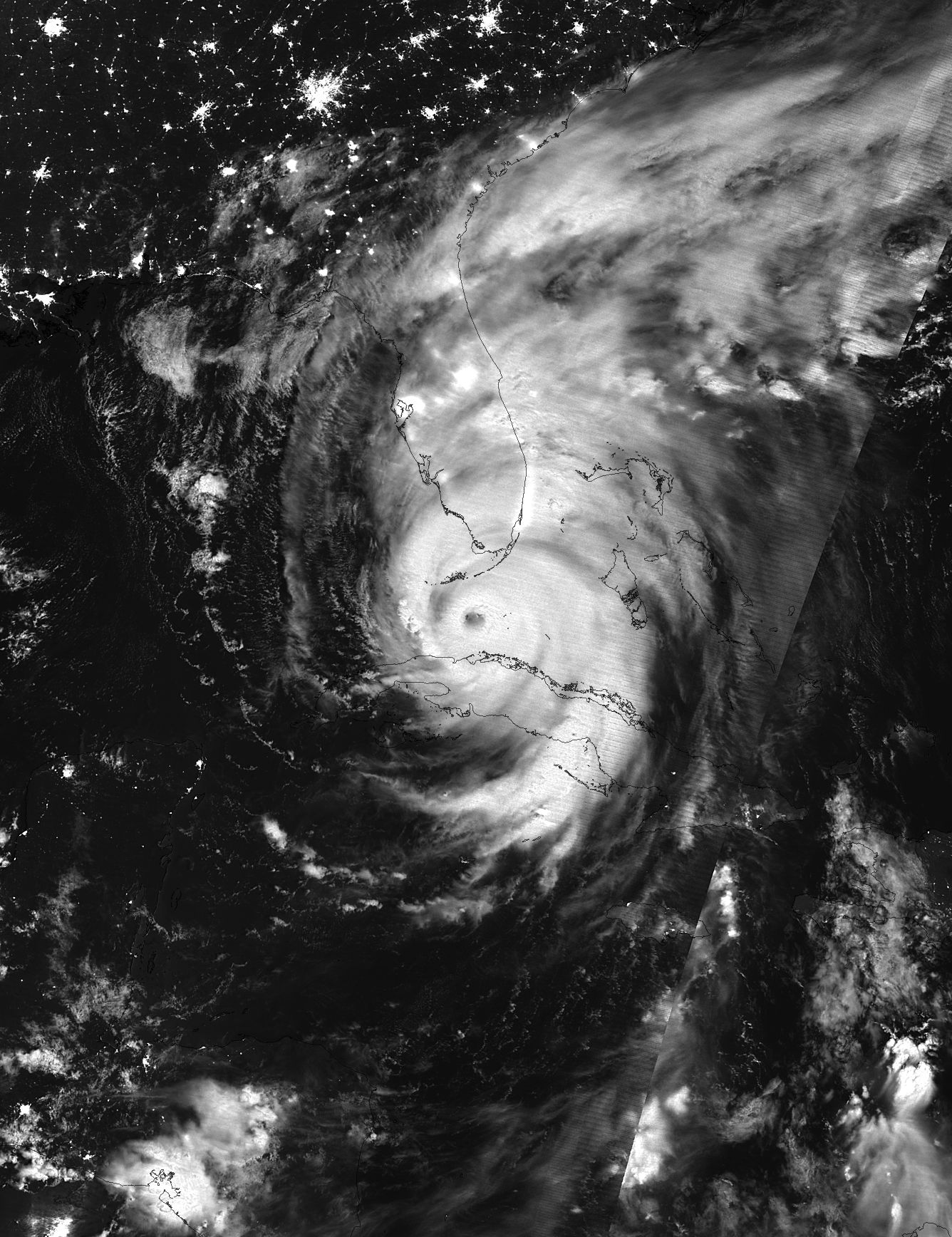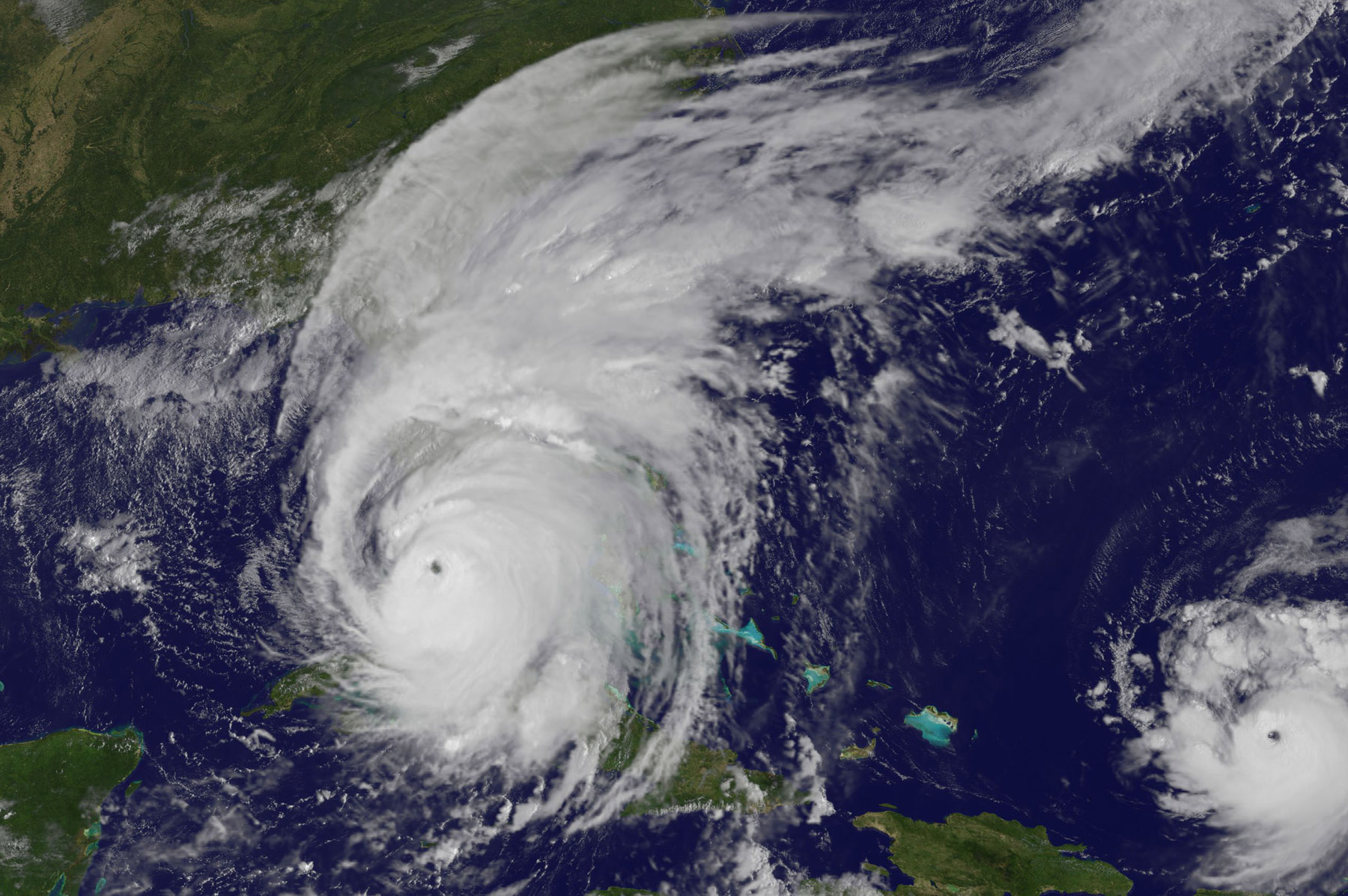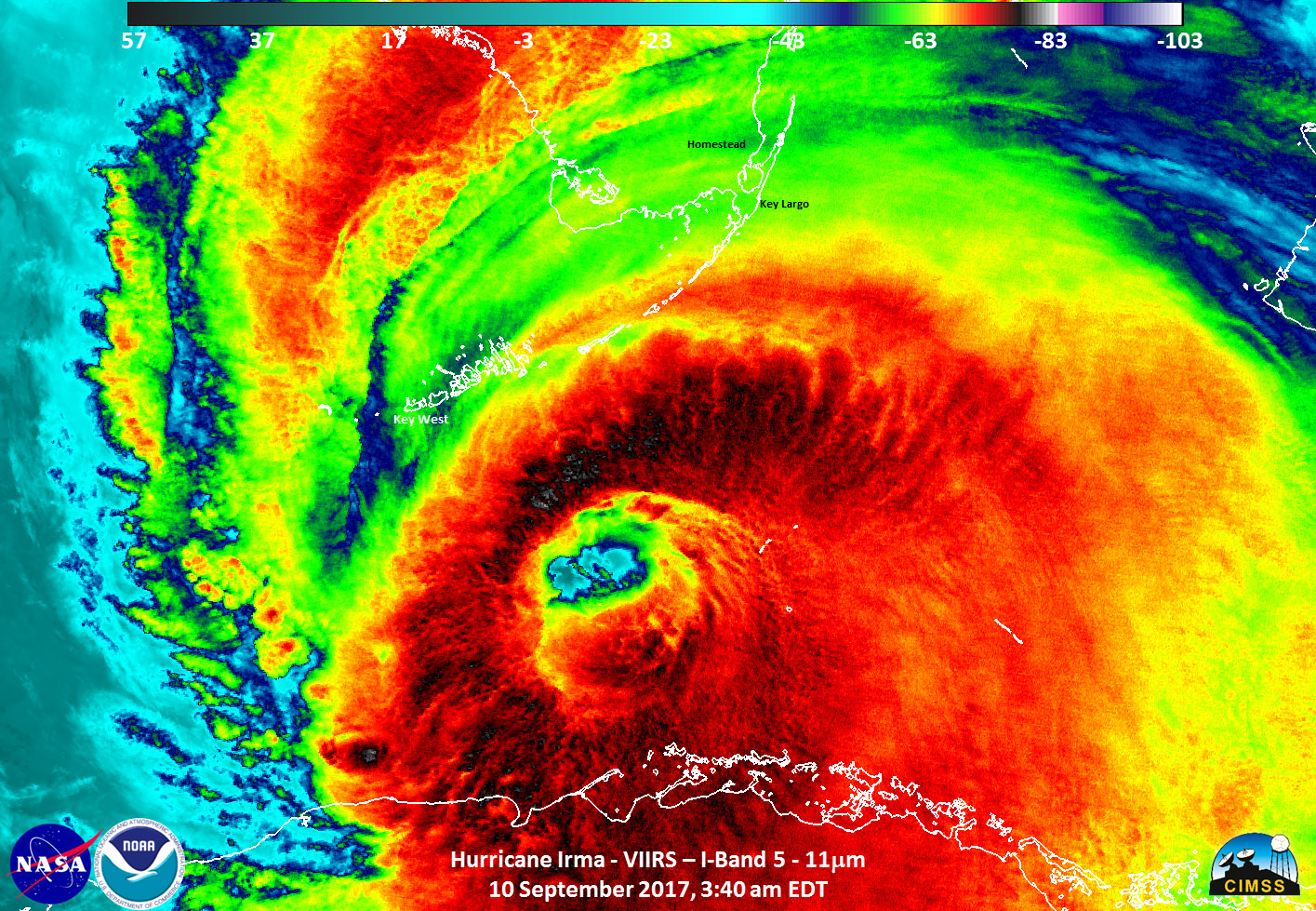NASA Satellites Show Hurricane Irma Hitting Florida
As Hurricane Irma crept toward the southwestern coast of Florida on Sunday (Sept. 10), NASA satellites provided views of the epic storm from space.
Irma made landfall in the Florida Keys early Sunday morning as a Category 4 hurricane. On Saturday, the storm was downgraded to a Category 3 hurricane after passing over the northern coast of Cuba, but it regained strength after passing over warm ocean waters overnight. You can see the latest satellite videos of Hurricane Irma here.

A statement issued by the National Hurricane Center at 1 p.m. EDT (1700 GMT) said that Hurricane Irma is now "impacting all of South Florida" and is packing sustained wind speeds of 130 mph (210 km/h). At that time, it was located 50 miles (80 km) south of Naples, Florida, and heading north at 9 mph (15 km/h). [Hurricane Irma in Photos: Latest Views from Space]

Satellites operated by NASA and the National Oceanic and Atmospheric Administration kept an eye on the storm overnight as it moved from Cuba to Florida, including the Suomi National Polar-orbiting Partnership (NPP) satellite and GOES weather satellites.
While the NASA-NOAA GOES East and GOES-16 satellites provide visible light images of the hurricane from above, Suomi NPP captures infrared views using its Visible Infrared Imaging Radiometer Suite (VIIRS) instrument. The latest image, from 3:40 a.m. EDT (0740 GMT) Sunday, revealed that Irma's eye had cleared up overnight, NASA officials said in a statement.

Located on the eastern coast of Florida, NASA's Kennedy Space Center closed from Friday (Sept. 8) through Monday (Sept. 11) to evacuate for the storm, though essential personnel stayed behind. While the eye of Hurricane Irma is not expected to go over the east coast, a powerful storm surge could still bring severe flooding to the area.
NASA spokesman Al Feinberg told Space.com that Kennedy Space Center is expecting 10 to 12 inches (25 to 30 centimeters) of rain and a storm surge of up to 3 feet (1 meter).
Get the Space.com Newsletter
Breaking space news, the latest updates on rocket launches, skywatching events and more!
The "ride-out" team of about 120 essential personnel who stayed at Kennedy Space Center during the storm will continue to monitor the storm's progress closely and prepare to assess any damage once the storm has passed, Feinberg said.
Email Hanneke Weitering at hweitering@space.com or follow her @hannekescience. Follow us @Spacedotcom, Facebook and Google+. Original article on Space.com.
Join our Space Forums to keep talking space on the latest missions, night sky and more! And if you have a news tip, correction or comment, let us know at: community@space.com.

Hanneke Weitering is a multimedia journalist in the Pacific Northwest reporting on the future of aviation at FutureFlight.aero and Aviation International News and was previously the Editor for Spaceflight and Astronomy news here at Space.com. As an editor with over 10 years of experience in science journalism she has previously written for Scholastic Classroom Magazines, MedPage Today and The Joint Institute for Computational Sciences at Oak Ridge National Laboratory. After studying physics at the University of Tennessee in her hometown of Knoxville, she earned her graduate degree in Science, Health and Environmental Reporting (SHERP) from New York University. Hanneke joined the Space.com team in 2016 as a staff writer and producer, covering topics including spaceflight and astronomy. She currently lives in Seattle, home of the Space Needle, with her cat and two snakes. In her spare time, Hanneke enjoys exploring the Rocky Mountains, basking in nature and looking for dark skies to gaze at the cosmos.









